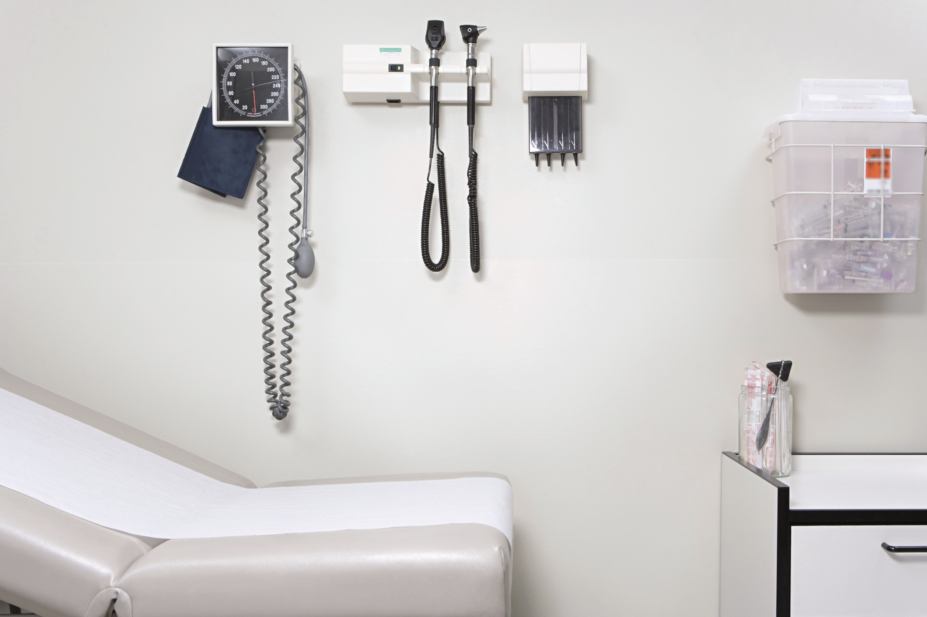
Shutterstock.com
I have finally started my patient-facing role. I am starting with asthma and hypertension reviews. There are clinical commissioning group (CCG) templates to follow and I have done a lot of shadowing, background reading and created crib sheets to help me complete these. These take 20 minutes and I have an extra 10 minutes to do a full medication review. During a hypertension review, I check to see if I have recent blood results and, if not, I print off a blood card and hand to the patient to get them done. I will then measure and record the patient’s blood pressure, pulse rate and rhythm. I calculate their QRISK (risk of cardiovascular disease) and discuss whether a statin needs to be added to therapy or whether he or she wishes to try lowering cholesterol through diet first through joint decision making. This nicely leads into discussion about diet, alcohol and exercise.
In the end, if medicines needs to be optimised or amended I discuss this with the duty GP who generates and signs a prescription for me. I then arrange a follow up with the patient or amend the repeats based on their monitoring requirements. The same goes for my asthma reviews. We discuss current control, triggers, appropriateness of current therapy, inhaler technique, and adherence. I always supplement with a written personalised asthma management plan.
At the end, I discuss stepping up or down treatment with the duty GP and request new prescriptions (until I am qualified to write them myself in my area of competency). I then complete the consultation explaining how any new drugs work, how to use them and arranging follow ups, etc. For a full medication review, I gather the information I need for the review using my own template and check if patients would be happy to come off medicines or make changes if needed. I then optimise their medicines after they leave and discuss with the GP any changes before calling the patient for a follow up with any amendments to their medicines and repeat page.
Typical day
Through trial and error, I have worked with my clinical supervisor to come up with a schedule for my day that will suit both me and the practice. My typical day is as follows:
9:00–9:15 — set up
9:15–10:45 — chronic disease clinics, mainly annual asthma and hypertension reviews
10:45–11:15 — telephone appointments regarding medicine queries
11:30–13:00 — admin time which involves things like: discussing medication reviews with GPs, preparing for clinical meetings, completing patient discharge summaries, updating repeat pages, completing screen medication reviews, actioning clinic letters and patient safety alerts, completing requests from other members of the team, looking into medicine queries, reauthorising medicines, filing blood tests, cost-saving exercises, patient safety audits, implementing practice projects like setting up and monitoring patients on novel oral anticoagulants (NOACS), CCG medicine management projects, liaising with community pharmacists and hospital consultants and other healthcare professionals regarding patient care
13:00–14:00 — lunch
14:00– 16:15 – continue with admin time
16:30 — 18:00 — continue chronic diseases clinics
So, as you can see, I am a busy bee. Training and assessments never seem to end because the practice requires us to complete training such as infection control, information governance training, safeguarding and conflict resolution, etc, so I have to complete these in my admin time, too.
At least I have one less thing to worry about now: I passed my prescribing course. It is a huge weight off my shoulders and lead to a well-deserved cake fest. As soon as my paperwork comes through I can begin my application for the register.
You may also be interested in
The importance of diverse clinical imagery within health education

Entrustable professional activities: a new approach to supervising trainee pharmacists on clinical placements
